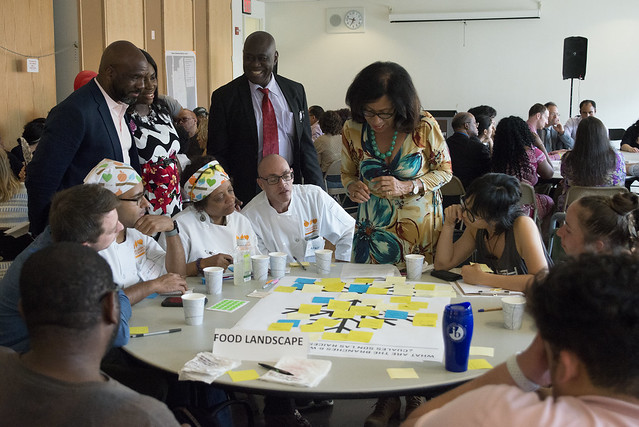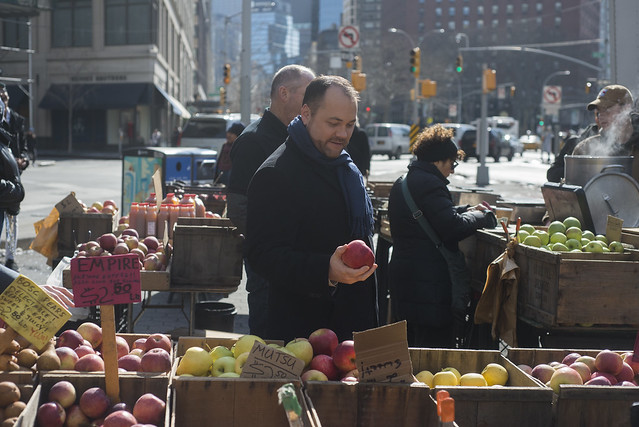Food is a Human Right
Food has the power to connect us to the cultures of our past and present, to our neighbors, our communities, and our earth.
In New York City, one of the richest cities in the world, everyone should have equitable access to healthy food, every community should have greater control over their food options, every person should have enough nutritious food to live a healthy life, and every neighborhood should have food businesses that reflect that community’s cultures and diversity.
Food is also a fundamental human right, protected under international human rights and humanitarian law.
As with other fundamental rights, the primary responsibility for ensuring the right to food lies with government.
All low-income people, regardless of race, experience food insecurity.
In New York City, structural inequities have contributed to neighborhoods that are predominantly low-income communities of color having less access to healthy food and experiencing greater food insecurity and food-related illnesses
These communities have long been on the front lines combatting an unjust food system that harms the environment, negatively affects human health, and contributes to economic inequality.
The New York City Council has crafted a policy agenda to advance food equity and advance every New Yorker’s right to healthy food.
Growing Food Equity in New York City
A City Council Agenda
Read Report
Read Press Release
Contribute on Twitter
#FoodGoalsNYC
Summary of Recommendations
The 34 proposals and budget wins outlined in this report are steps the City can take to grow food equity in NYC.
Multi-Year Food Policy Plan
Establish a citywide food plan that brings strategic framework, goal-oriented planning, and coordination to key areas of the food system, including hunger, nutrition, access to healthy food, food waste, food and farm economies, and urban agriculture and sustainability.
Support Emergency Food Providers
The City Council has fought, and will continue to fight, to support food pantries and soup kitchens across the city.
Food Waste Prevention Plans
The City Council will consider legislation to require City agencies with food procurement contracts to create food waste prevention plans.
Scratch-Cooked Menus in Schools
The City should study and create an implementation plan to ensure that every school child has access to scratch-cooked, healthy, delicious, and culturally-appropriate menu items.
Community Food Hub Incubator
The City should fund a Community Food Hub Incubator to coordinate interested communities to develop more local food businesses and farm-to-city food projects.
Establish an Office of Urban Agriculture
The Office will view urban growers as climate resilience stewards and recognize that parks, community gardens, urban farms, and green roofs are key tools in combatting and adapting to climate change.
Read all the Recommendations in Growing Food Equity Report
Food Governance
The food and agriculture work being done across many different City agencies continues without a unified, comprehensive food plan with a formal community engagement strategy, or consistent and meaningful tools for measuring the impact of City agencies’ efforts to address food issues.
Recommendations on Food Governance
Update Food Metrics Report (Local Law 52 of 2011): The City Council will consider legislation to enhance Food Metrics reporting. The legislation will include updating and creating new indicators and data sources.
Hunger
Hunger has no place in a just, healthy society. No person in New York City should go hungry; yet NYC faces a “meal gap”—the number of missing meals that result from insufficient household resources to purchase food—of nearly 208 million meals.
An estimated 1.09 million New Yorkers are “food insecure,” meaning that they had difficulty at some time during the year accessing enough food due to a lack of resources. New York City’s food insecurity rate is 12% higher than the national rate, and 21% higher than New York State.
While New York City’s current rate of food insecurity is declining, it is still higher than prior to the 2008 recession.
From 2015-2017, 18% of all children, almost 9% of working adults, and almost 11% of seniors experienced food insecurity.
Food Insecurity in NYC
People who sometimes/often did not have enough food at some point in the past year, 2017
Rate, by Universal Health Foundation Neighborhood Designations
SNAP in NYC
SNAP provides recipients with monthly electronic benefits that can be used to purchase food at authorized retailers.
As of May 2019, approximately 1.54 million New Yorkers – almost 20% of New York City’s population – relied on SNAP.
SNAP Participation by Household in NYC
By Census Tract, 2017
Signup for SNAP Benefits
The Supplemental Nutrition Assistance Program (formerly known as “food stamps”) provides food assistance for low-income New Yorkers. SNAP helps families and individuals supplement the cost of their diet with nutritious foods.
Apply
Recommendations and 2020 Budget Wins to Fight Hunger
Advocate for Expanded Use of SNAP: The City Council will advocate for New York State to pass legislation to allow disabled, elderly, and homeless SNAP recipients to use their benefits for hot meals and other prepared foods at participating grocery stores, delis, and restaurants.
Advocate Against Federal Funding Attacks on Anti-Hunger and Nutrition Programs: The City Council will continue to combat efforts at the federal level to reduce, limit, and stigmatize vital nutrition programs.
This encompasses fighting dangerous plans to limit SNAP-eligibility, such as the recently proposed “able bodied adults without dependents” or ABAWD regulations, and hateful and destructive policy proposals to expand the circumstances under which certain immigrants might be considered a “public charge,” thereby causing fear-based disenrollment from SNAP.
Increased Funding for Senior Center and Home Delivered Meals: Due to City Council’s advocacy, the NYC Department for the Aging’s (DFTA) budget will include $10 million in funding for Fiscal Year 2020 to address the under-funding of senior meals.
Support Seniors’ Access to SNAP: The City Council will consider legislation to require the Department for the Aging (DFTA) and Human Resources Administration (HRA) to develop a plan to identify and enroll isolated seniors in SNAP benefits.
Create Food Pantries in Senior Centers: The City should fund a pilot program to create small food pantries at select senior centers to address food insecurity for seniors who are unable to access the city’s network of emergency food pantries.
Tackle Higher Education Student Hunger: In the Fiscal Year 2020 budget, the City Council allocated $1 million under the Access to Healthy Food and Nutritional Education initiative to fund a pilot program to increase food access for CUNY students experiencing food insecurity.
Advocate for Expanded Use of SNAP for College Students: Due to federal law, most able-bodied students who are enrolled in college at least half-time are not eligible for SNAP unless they meet certain criteria.
Increase Awareness of Health Bucks: The City Council will consider legislation to require Human Resources Administration (HRA) to provide information to SNAP applicants and recipients about Health Bucks and the locations of farmers’ markets where they may be redeemed, to ensure that more SNAP recipients are taking advantage of the Health Bucks program.
Increase City Funding for Health Bucks: The City should expand funding for the Health Bucks program to increase the number of Health Bucks provided to community-based organizations.
Reducing Food Waste
Saving just one-third of food from becoming waste would feed the 41 million Americans who face hunger.
In total, Americans throw away more than 400 pounds of food per person each year, which equates to over $218 billion per year and approximately 53 million tons of food.
While over-production of certain foods is a structural problem in our food system that leads to food waste and is challenging for local intervention, there are things that states and municipalities can do to curb the waste we create.
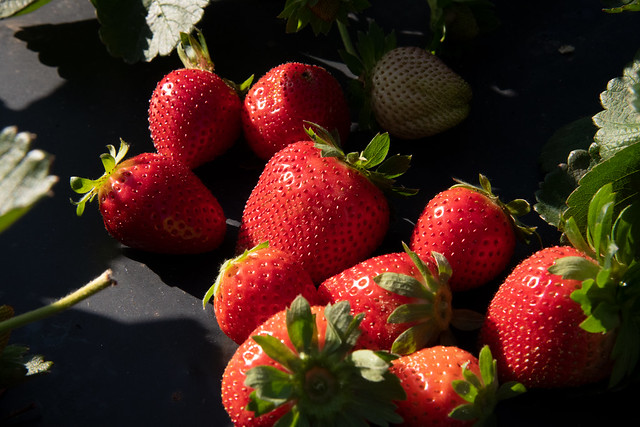
Recommendations on Food Waste
The City Council will consider legislation to require City agencies with food procurement contracts to create food waste prevention plans.
Healthy School Food and Nutrition Education
Healthy food is vitally important to ensure student success in school.
However, according to Feeding America, over 335,000 of all children across the five boroughs (just over 18%), are food insecure.
Studies have shown that adequate access to nutritious food can directly affect the mental, social, and behavioral development of school-aged children.
In the past several years, the New York City Department of Education (DOE) has made significant progress towards ensuring that all children have access to nutritious food during the school day.
Paired with nutrition education, access to healthy food during the school day can change eating behaviors in a way that decreases childhood obesity.
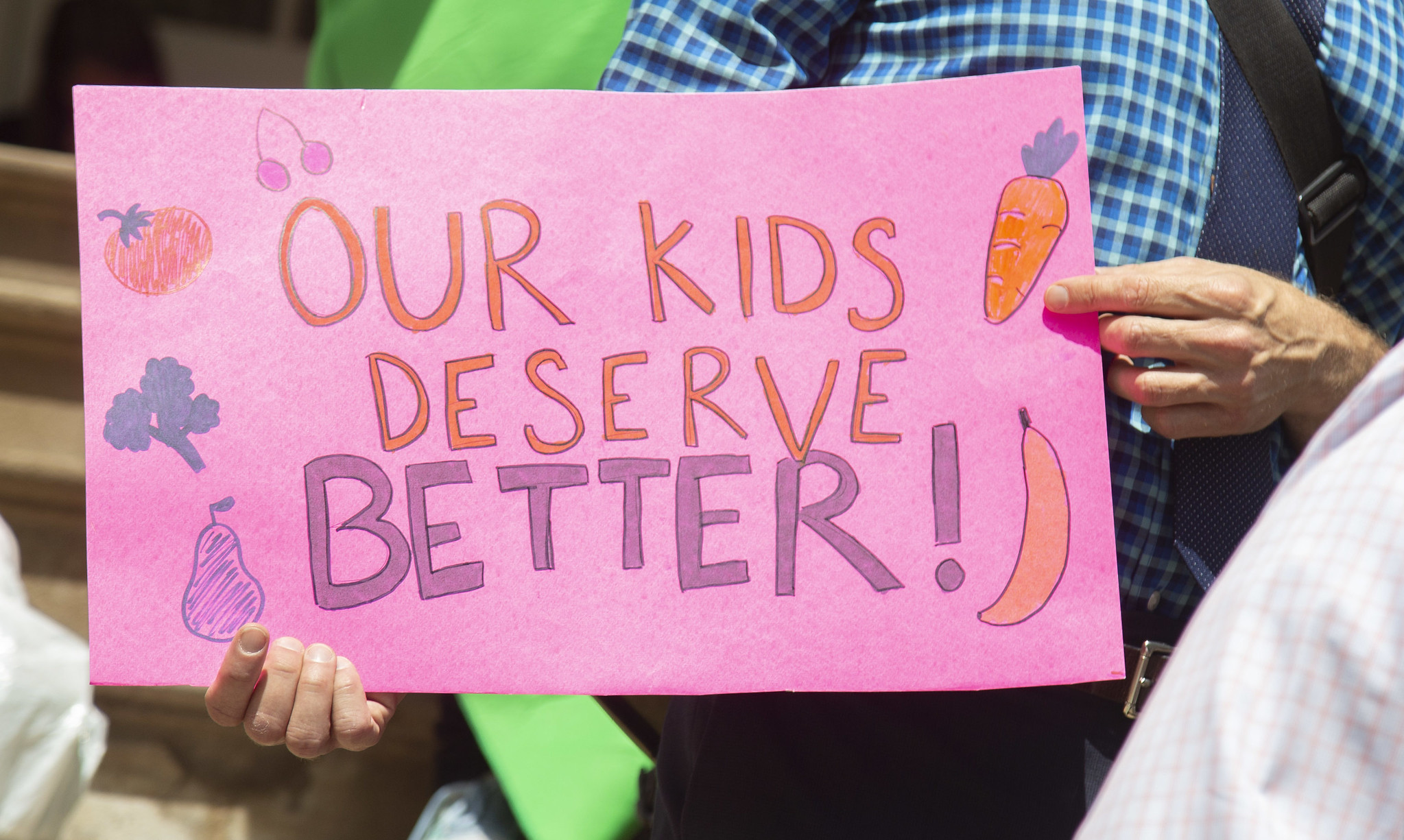
Recommendations and 2020 Budget Wins on Healthy School Food
Expand Deli-Style Cafeterias: The City should work to expand deli-style cafeteria redesigns to more middle and high schools.
In schools that have the new deli style redesign, there has been a significant increase in school lunch participation, along with increases in fruit and vegetable consumption.
Scratch-Cooked Menus in Schools: The City should study and create an implementation plan to ensure that every school child has access to scratch-cooked, healthy, delicious, and culturally-appropriate menu items.
Summer Companion Meals: The City Council will work with the Mayoral Administration to launch a pilot program to offer summer companion meals to the Summer Meals Program.
Unfortunately, parents and guardians accompanying children to access the Summer Meals Program may be food insecure too, and cannot currently receive a free lunch due to funding eligibility constraints.
Food-Ed Resource Hub: In the Fiscal Year 2020 budget, the City Council designated $250,000 under the Support for Educators initiative to fund a Food-Ed Resource Hub based within the Tisch Food Center at Teachers College.
This Hub will provide citywide coordination for program distribution across schools, convene stakeholders, advocate for policies to support nutrition education, align program evaluation, and bolster efficiencies through shared resources.
Food-Ed Coordinators at DOE Office of School Wellness: The City should create Food-Ed Coordinator positions in the Office of School Wellness to align food and nutrition education programming across schools and grades, facilitate professional development, and help integrate wellness with sustainability and other academic subjects.
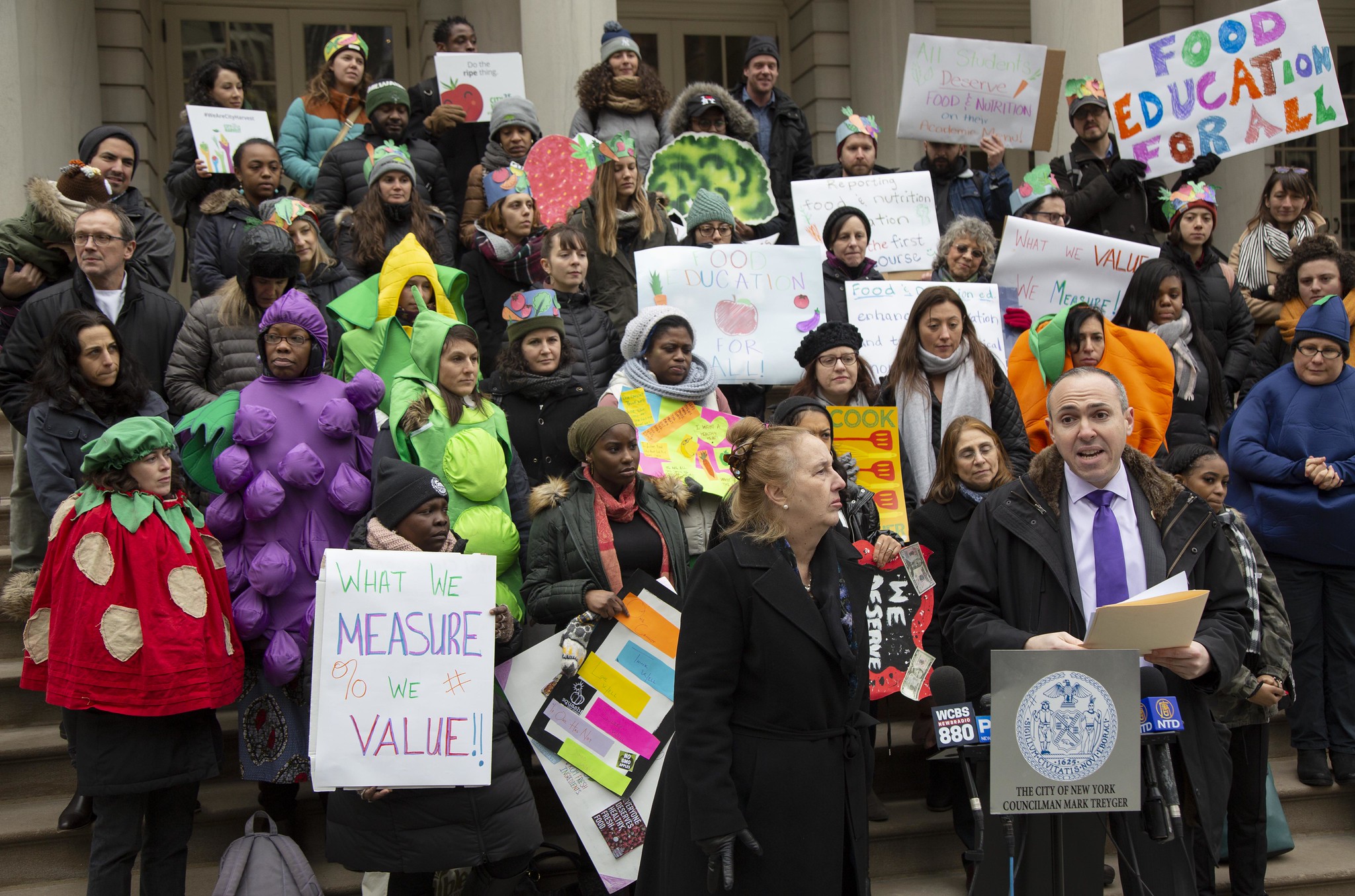
Equitable Access to Healthy Food
Everyone should have access to fresh, healthy food, which can come from many sources such as supermarkets, small grocers, non-profit stores, bodegas, restaurants, green carts, farmers’ markets, Community Supported Agriculture (CSA) programs, fresh food boxes, and community gardens.
Unfortunately, there is inequitable access to fresh and healthy food options in many neighborhoods throughout the city, particularly in low-income communities of color.
The City, food businesses, and community members alike have attempted to combat this inequity through the development and funding of programs and incentives, several of which can be strengthened and expanded.
Farm-to-City Food Map
In February 2019, New York City Council Speaker and then-Acting Public Advocate Corey Johnson created an interactive Farm-To-City Food map of the five boroughs, highlighting the importance of access to fresh and healthy food for all New Yorkers.
Access to Fruits & Vegetables
Adults with no access to fruits or vegetables the prior day
Rate, by Universal Health Foundation Neighborhood Designations
Recommendations on Equitable Access to Healthy Food
Local Outreach Materials for Farm-to-City Projects:The City Council will consider legislation to require the creation of neighborhood-scale awareness-raising materials for farm-to-city projects.
The City Council created an online mapping tool of farm-to-city projects around this city, including farmers’ markets, CSAs, fresh food pantries, and food boxes.
Community Food Hub Incubator: The City should fund a Community Food Hub Incubator to coordinate interested communities, and support existing and development more farm-to-city projects.
The incubator would help build a solidarity economic model that supports and connects growers, producers, community food projects, local small businesses, and existing infrastructure assets such as transportation, storage, and accessible kitchen space.
Urban Agriculture
It includes a rich history of community gardens, and newer food production and greening models, such as green roofs, and rooftop and vertical farms.
Urban agriculture can include aquaculture, horticulture, agroforestry, beekeeping, and animal husbandry.
With the environmental, health, educational, and green jobs benefits that urban agriculture brings to the city, we must work to ensure that urban agriculture spaces are preserved and can thrive, all New Yorkers have access to urban agriculture education, and that urban agriculture is a key component of City climate and resiliency plans.

Community Garden Permanence
These gardens improve our urban environment, bringing community-led green spaces, improved air quality, increased opportunities to grow fruits, vegetables, flowers and herbs, and hands-on food education to neighborhood children, adults, and seniors.
A study also found that community gardens increased nearby property values, with the positive real estate impact increasing over time.
Community gardens can provide economic empowerment for gardeners that provide fresh-farmed produce or education services for their neighborhoods, ensure all New Yorkers have access to urban agriculture education, and help the City’s efforts to combat climate change and build resiliency.
The New York City Community Garden Coalition (NYCCGC) was founded in 1996 to promote the preservation, creation, and empowerment of community gardens through education, advocacy, and grassroots organizing.
This came at a time when Mayor Rudy Giuliani was selling off community garden lots for private development.
In 1998, Mayor Giuliani placed all 700+ community gardens up for disposition to private interests, and in May 1999, 114 were selected to be auctioned off to developers.
On the eve of a scheduled auction, the Trust for Public Land (TLP) and New York Restoration Project (NYRP) negotiated purchase of the 114 community gardens from demolition, transferring them from publicly to privately-owned entities.
Since then, TLP has enabled these gardeners to own and control their garden plots by organizing and training leadership for three land trusts in Manhattan, Brooklyn-Queens, and the Bronx.
Land trusts are often non-profit organizations that acquire land or conservation easements to ensure land is used for greening and conservation purposes.
In 2002 and with intervention from State Attorney General Eliot Spitzer, the City and community garden advocates reached an agreement for the preservation of 500 community gardens, while the other gardens were converted to affordable housing developments.
Ownership of Gardens
2019
Recommendations on Urban Agriculture
The Office will view urban growers as climate resilience stewards and recognize that parks, community gardens, urban farms, and green roofs are key tools in combatting and adapting to climate change.
Create an Urban Agriculture Plan: The City Council will consider legislation creating an Urban Agriculture Plan coordinated by the Office of Urban Agriculture.
Advance Permanence for Community Gardens: The City Council will consider legislation to require the GreenThumb program of the Department of Parks and Recreation (DPR) to collect and maintain metrics on the ecological, resiliency, educational, cultural, health, and community development value of community gardens throughout the city.
Farming Education for School-Age Children: The City should support organizations working to expand farming education to school-age children.
Economic Empowerment for Community Gardeners: The City Council will advocate for community gardeners to earn income from produce grown or education provided on community garden land.
Create Borough-Based Youth Employment Initiatives for Community Gardens: The Council will partner with the Department of Youth and Community Development to create opportunities within the summer youth employment program (SYEP) for young people to work in community gardens.
Every person regardless of their income, race, gender, education, age, birthplace, or neighborhood should have equitable access to healthy food.
This report, Growing Food Equity in New York City, is the City Council’s agenda to help reach that vision.
Together, we can work with shared purpose and commitment to implement these strategies towards building a more just food system.
For feedback, comments, and questions please email DataInfo@council.nyc.gov.
Created by the NYC Council Data Team.


